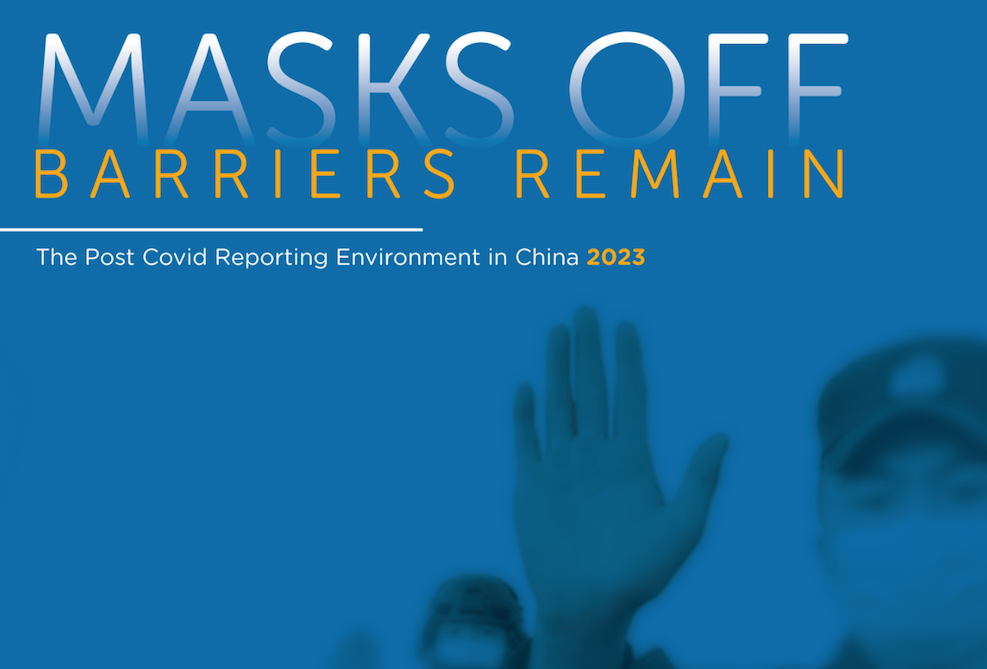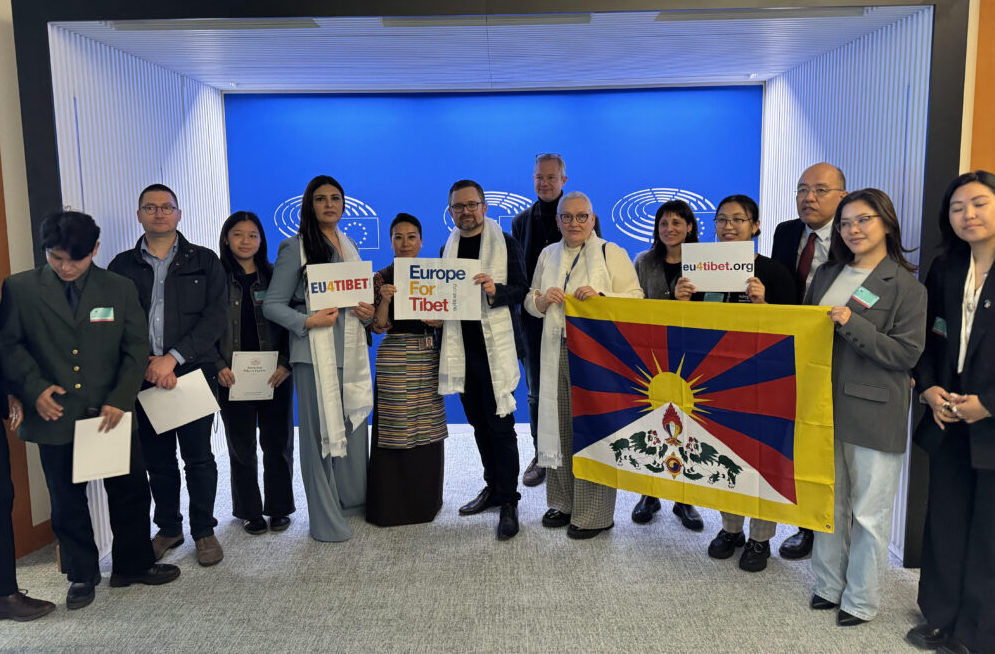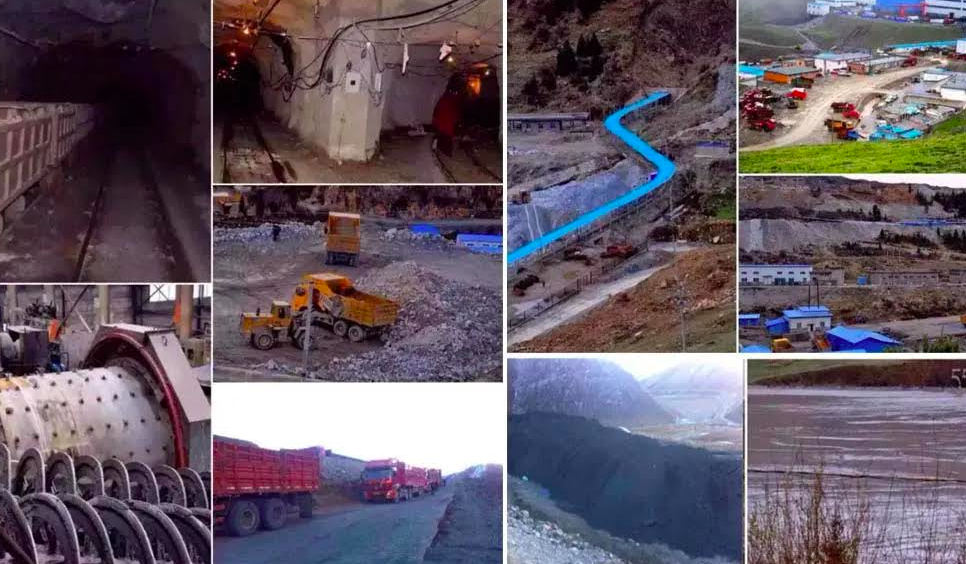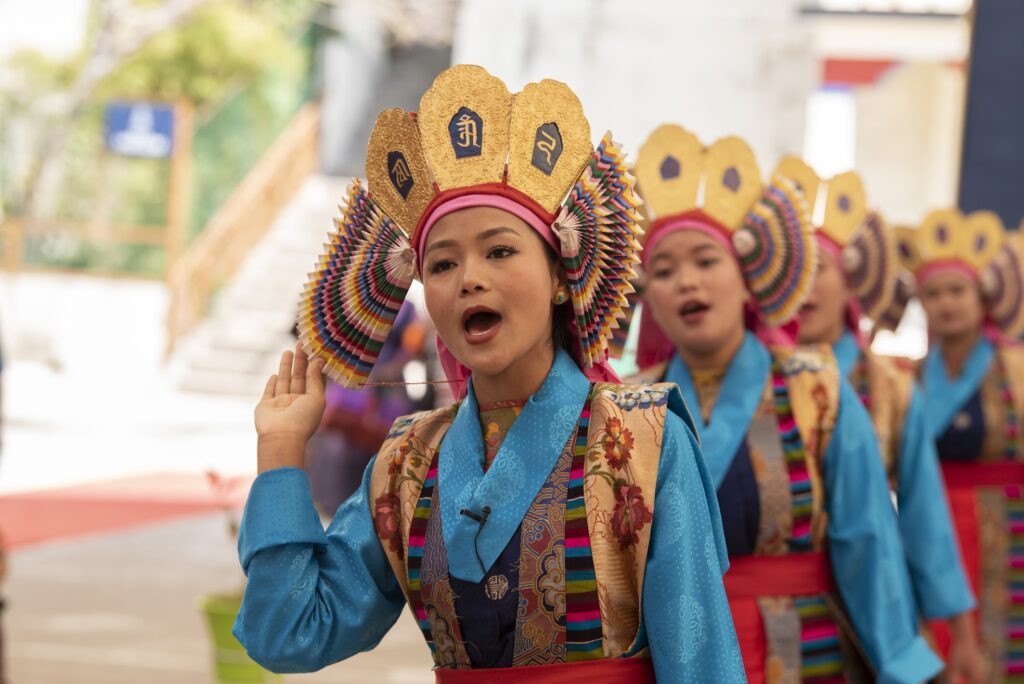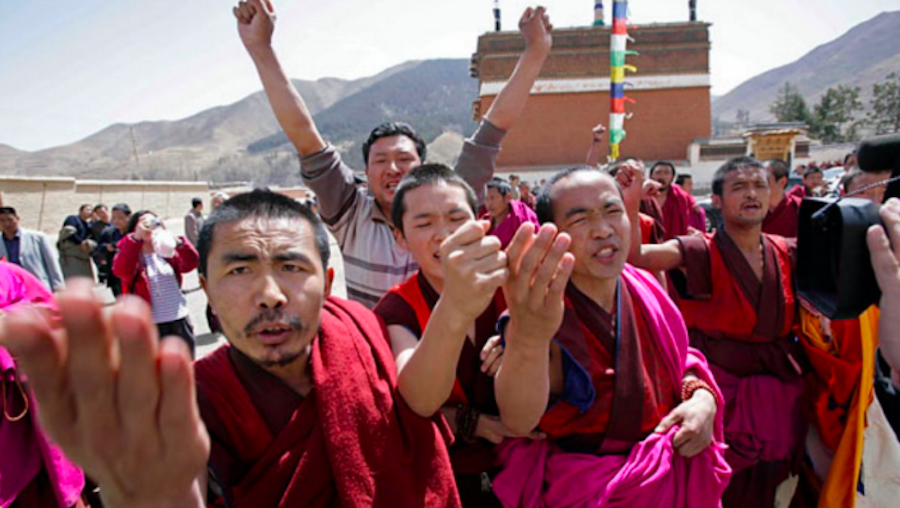 By KAREN SWENSON
By KAREN SWENSON
Mount Kailas, a white pyramidal mountain in western Tibet, is a mystical locus of four religious groups of Asia: Buddhists, Jains, Hindus and Bonpos, who practice the shamanistic, pre-Buddhist religion of Tibet. Pilgrims from all four come to the scruffy little town of Darchen to perform the 33-mile circumambulation of the mountain.
Kailas, also known as Kailash, is a 22,028-foot mountain in the Himalayas. It is the throne of the Hindu deity Shiva; “the navel of the world” for Hindus and Buddhists; the earthly image of Meru, the mountain whose roots reach to the seventh hell of Buddhist belief and tower to the highest heavens. Buddhists, who call the mountain Kang Rinpoche, associate it with the meditation deity Demchog and the guru-poet Milarepa, who claimed the mountain from the Bonpo practitioner Naro Bonchung in a series of magical competitions. To Jains, it is the place where the first of their founding saints, Rishabha, achieved enlightenment. To Hindus, it is the home of Shiva and Paravati. To Bonpos, it is where the founder of their faith, Tonpa Shenrab, came down to earth.
Four of us, all but one with previous Tibet experience, arrived in Darchen by Land Cruiser after a five-day drive from Lhasa. Like many towns associated with the spiritual in both East and West, Darchen is a squalid hustlers’ heaven, particularly in mid-May, the high pilgrimage season, which is when we visited.
Visitors can stay in rooms in spartan hotels, which provide a thermos of hot water and a cot. There are also permanently standing tents on concrete platforms; these are favored by Hindu pilgrims from India – during our stay, long-bearded sadhus in orange dhotis, their hair in top knots, were in residence. That area, where Westerners are also allowed to pitch their tents, was cordoned off from a separate Tibetan campground by a concrete-block wall.
As was once true of the Russians, the Chinese believe in segregating residents from foreigners. A Chinese official assigned us a campsite that we named Cholera Corner, because once a day a man with a spade would appear, dig a trench from the public lavatory on the other side of the wall, wend it between our four tents and then sluice out the day’s accumulation. (We had our own toilet tent, as well as a separate dining tent.) Despite our pleading, we were not allowed to camp anywhere else.
Even though Westerners can’t pitch their tents in the Tibetan camping area, they are welcome to spend money there; there were numerous informal shops set up in tents in which you could buy everything from mandarin oranges in glass jars to silver-studded saddles. I saw two women admiring a dainty belt adorned with little bells that draped another woman’s waist and hips. There was also a tent in which Buddhist services and blessings occur; several other tents housed card games.
In Darchen you can ask your guide to hire local porters to carry your tents and equipment if you have not, as we had, arrived with Sherpas; they carried our loads, set up our tents and prepared our food – plain but filling meals of meat, vegetables, bread, rice and pasta. We had hired five Sherpas and an English-speaking Tibetan guide from an agency in Katmandu.
The circuit of the mountain, which Tibetan Buddhists call the kora, starts at about 15,000 feet. Some Tibetans do its 33 miles in one day. Westerners often do it in three; we took four. This was the year of the Horse in the Tibetan calendar, which recurs every 12 years, and, therefore, there was a religious bargain going on. If you complete one circumambulation, you not only are forgiven all sins up to this point in your life but you also receive credit for 12 circumambulations. We had been passing pilgrims in our Land Cruiser as we approached Darchen, sitting on their bundles in the back of trucks and waving gaily.
There was little increase in altitude on the first day of our kora – from 15,000 feet to 16,000 feet – but the huge rock formations, barren peaks and views of Mount Kailas were magnificent. After a couple miles’ walk we came to the official beginning of the kora, marked by a cairn of stones. Along the path we would come across more cairns, yak skulls and a spider web of prayer flags in primary colors marking the way.
After adding our flags to one tangent of the sizable web, we walked on to Tarboche: there, a huge wooden sort of flagpole (which is known as a tarbouche and gives the place its name) cocooned in prayer flags and khatas, the white scarves that Tibetans present to holy images. It had been raised at the Saga Dawa festival, which celebrates the date of the Buddha’s enlightenment, usually in May or June, depending on the lunar calendar. A group of pilgrims were singing and dancing by the pole. Nearby, there is a walk-through chorten, a small stupa-like structure, called Kangnyi. It was hung with ram’s heads and tails laced together rather like braided garlic in a Western kitchen. This, we decided, was probably a contribution from the Bonpos, who walk around the kora counter-clockwise, the opposite direction from everyone else, including us. From there we walked up to the “sky burial site.
Tibetans cannot bury their dead because the ground is often frozen, nor can they burn them because there are no trees to build a pyre. Therefore, they cut them up, feed them to carrion-eating birds, retrieving the bones to be taken home and scattered; in the case of an important person, the bones might be mixed into the mud with which a chorten is built. At festival time, the site was simply strewn with clothing discarded by pilgrims – a gesture symbolic of their desire for rebirth through walking the kora. Among the clothes was a stretcher on which a body had been brought up.
Across the river called the Lha Chu , we ascended a path and stairs to the Choku Gompa, one of three ancient monasteries on the kora destroyed during the Cultural Revolution, but later rebuilt. In its inner chapel, there is an alabaster statue of a squat figure known as Choku Rinpoche, and a pair of elephant tusks. Two women having butter tea in an empty room invited me to join them. In the distance, the white peak of Mount Kailas, surrounded by fluttering flags, rose up above the barren mountains.
The rest of the trail that day was along a valley walled in on the left by stark mountains in wind-turned shapes adorned with snow. I didn’t find the hike strenuous in general, but I moved slowly to preserve my breath because of the altitude.
That afternoon, we camped beside the Lha Chu. A caravan of yaks with fine carpets over their saddles passed by. Across the river a waterfall cascaded in sun, but in the morning it was a frozen braid. Nets of pink flowers clutched the earth around our tents.
Our second day was laced with views of the northwest, of the slightly concave face of Kailas and more fantastical peaks along the left side of the path. We crossed the river to the second monastery, Dryra Phuk, which contains a cave with an imprint in the shape of the dri, a female yak, which is said to have guided the first circumambulator, the master Gotshangpa, to this cave.
The third day of the circumambulation is the killer. Rising in the dark, we started at 8 a.m.. Already pilgrims were streaming up toward Drolma La, a pass at the 18,600- feet. The path goes through, over and around big glacier-dropped boulders. We were adopted by a little girl who danced around us, imitating our labored breathing, but after a while she left us to join her relatives. From time to time we saw a woman or man lie down by the side of the path to nap. On our right, Kailas slowly disappeared from view. People greeted us as they passed. On one ridge a Bonpo practitioner sat, looking out to the mountains, chanting and playing his drums.
Finally, balancing our way across boulders, we reached the great rock at the top of Drolma La, totally enveloped in prayer flags and khatas. Here sins are forgiven and pilgrims are considered reborn. Tibetans sit among the boulders, drinking tea and exchanging food. I handed out apricots; one of my companions distributed postcards; another gave away his lunch. One pilgrim threw cigarettes into the web of prayer flags as an offering. A woman cut off a hank of her hair. Here is where the 21 Drolmas, who had led Gotshangpa to the pass, are believed by Tibetan Buddhists to have changed into wolves and dissolved into the rock.
The wild cries and singing of elated pilgrims on their way down echoed on the slopes as we descended the boulder-strewn path from the pass. Reaching the Melung Chu, we walked along marshy banks to our campsite on a midriver island.
The next morning the mountains were wreathed with cold mist. We arrived at Zutrul Phuk monastery. It was undergoing renovations, but we could see a sacred statue of Milarepa and the imprint of his hand left on the ceiling when he raised the roof during a contest with Bonchung the Bonpo priest. Their final contest, however, concerned who could reach the top of Kailas first. Bonchung mounted his drum before sunrise and slowly rose while Milarepa, despite his followers’ urgings, seemed unconcerned. When the first beam of sunlight arrived, Milarepa threw his leg over it, rising instantly to the top of Kailas and making it a Buddhist mountain.
Our path wound along the top of the gorge of the Melung Chu. Despite the lower altitude I was just able to keep up with an elderly woman wearing tattered sneakers and carrying a cane and a prayer wheel she kept in constant motion. We arrived at a line of prayer flags, strung high across the chasm of the river. From there we drove to Darchen, marking the end of the kora.
Visitor Information
The best time for trekking in Tibet is May to October; at other times, it can be quite cold.
We arranged our travels through the British trekking company Himalayan Kingdoms, Old Crown House, 18 Market Street, Wotton-Under-Edge, Gloucestershire, GL12 7AE, England; (44-1453) 844400, fax (44-1453) 844422; www.himalayankingdoms.com. A monthlong trip with two Nepali porters, plus a cook and an assistant, a Nepali sirdar (who leads the porters), a Tibetan guide and translator, tents, food, a truck and a Land Cruiser with drivers cost around $5,500 a person, which includes air fare from London to Katmandu. Without air fare, the price is about $4,800.
Most of us took our own sleeping bags and down jackets (which we needed at night), along with worn-in hiking boots.
The outfitter used by Himalayan Kingdoms is Himalaya Expeditions, Post Office Box 105, Katmandu, Nepal, (977-1) 1) 547 990 fax (977-1) 547-900; www.himexnepal.com. A 24-day trip to and from Katmandu booked with them is $2,995 a person.
Routing
I spent a week in Katmandu before the trek, and a week after. Early this month, the United States State Department dropped its advice that Americans should consider deferring travel to Nepal because of actions by Maoist insurgents. The Nepalese government and the insurgents have reached a truce, the State Department says, but reminds travelers that “the overall security situation in Nepal remains fluid and could change suddenly.”
One need not enter from Nepal. It is also possible to fly into Lhasa from Chengdu, which has flights to many other Chinese cities, but that would require working with a different outfitter from mine.
Getting Ready
A Chinese visa, $30 for 90 days, is required to visit Tibet; contact the visa office of the Embassy of the People’s Republic of China, 2201 Wisconsin Avenue NW, Washington, D.C., 20007, Suite 110, (202) 338-6688; www.china-embassy.org/visapassport/english/lq.htm Tourist visas for Nepal, $40 for 60 days, can be obtained at Tribhuvan International Airport in Katmandu and at all other ports of entry. More information: the Nepalese Embassy at 2131 Leroy Place NW, Washington, D.C. 20008, (202) 667-4550, or the Nepalese Consulate General in New York at (212) 370-3988.; www.nepalembassyusa.org.
I went to the International Health Care Service at the Cornell Medical Center, (212) 746-1601, for medical advice and inoculations. Information from the Centers for Disease Control and Prevention is at www.cdc.gov.
KAREN SWENSON is a poet who has visited Tibet five times.





